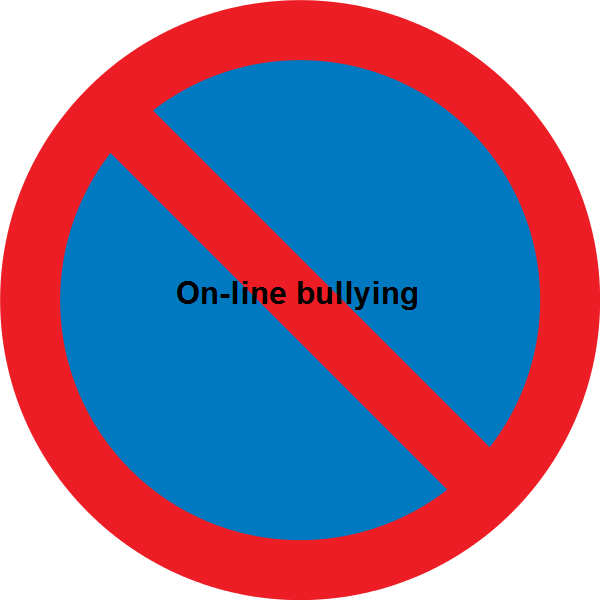All Things

The same post in Spanish
- The Slaughter Of The Innocents
This image shows a possible result of the tests described in the post. Black figures represent pregnant women who tested negative. Red figures are false positives. Only the white figures are true positives. Above-left are the results for the Down syndromeA...
- Scientists And Religion
In 1914, psychologist James Henry Leuba surveyed 1,000 randomly selected scientists in the United States, asking them if they believed in a personal God, defined in this way: a God in intellectual and affective communication with man... to whom one may...
-
p { margin-bottom: 0.08in; } Bullying in schools After two high school students were driven to suicide by bullies in their schools, the State of Massachusetts passed legislation demanding careful reports from schools about the extent of bullying and...
-
p { margin-bottom: 0.08in; } Bullying This Sunday's newspaper ran two long articles about social scientists discovering that many persons, bullied as children, carry those wounds into adulthood. Do those results surprise you? I thought...
- Bullying--causes And Remedies
Bullying—Causes and remedies After another young person recently committed suicide in order to escape relentless bullying—in person, over the internet or the cell phone—bullying has received a good deal of public attention. Experts have insisted...
All Things
On-line bullying

In an article by the press agency Europa Presspublished on June 28 2012, which refers to a study performed by Microsoft among youths in the age range 8 to 17, it is stated that 37% of Spanish youths suffer on-line bullyingthrough the Internet. This looks like a high figure, but it may depend on how bullying is defined.
Reading the article, it appears that 17 per cent of the polled declares having been addressed in an unfriendly way, 13 per cent have been targets of mockery and 19 per cent have felt insulted. Also, 24% of the youth confess that they bully other people.
Neither in the Europa Press article, nor in the summary of the Microsoft study, is there a definition of unfriendly behavior and the other forms of bullying. It appears that the youths who answered the poll just considered it thus.
In a report of the OCU (a Spanish association of customers) about the same matter, difficult to compare with the other, for youths between 8 and 17 are not included, the numbers are quite smaller. In this case, however, there is a definition of on-line bullying: the use of communication technologies to harm someone repeatitively and deliberately. Also, on-line bullying is classified in better defined and more varied ways: revealing personal information; propagating canards; impersonating or stealing a digital identity; threatening, insulting or offending someone; sexual bullying... Again the polled people must decide, based on this information, whether they have suffered on-line bullying or not.
My impression, until more data is available, is that the figures in the poll by Microsoft may be exaggerated, perhaps because the young people do not know very well what bullying is. In our everyday debates using the Internet, frequently our opponents refute us (and we may be inclined to consider their behavior unfriendly); or they answer us with irony (mockery?). Sometimes we consider ourselves insulted, although maybe that wasn't the intention of our conversational partner.
It would be interesting to know how many of the polled mistook those behaviors with bullying. Perhaps the results of the poll would be compatible with the following headline: Many youth are excessively sensible to criticism. Anyway, whenever a statistical study is performed, what is being measured and the definition of terms should be specified carefully.The same post in Spanish
Manuel Alfonseca
- The Slaughter Of The Innocents
This image shows a possible result of the tests described in the post. Black figures represent pregnant women who tested negative. Red figures are false positives. Only the white figures are true positives. Above-left are the results for the Down syndromeA...
- Scientists And Religion
In 1914, psychologist James Henry Leuba surveyed 1,000 randomly selected scientists in the United States, asking them if they believed in a personal God, defined in this way: a God in intellectual and affective communication with man... to whom one may...
-
p { margin-bottom: 0.08in; } Bullying in schools After two high school students were driven to suicide by bullies in their schools, the State of Massachusetts passed legislation demanding careful reports from schools about the extent of bullying and...
-
p { margin-bottom: 0.08in; } Bullying This Sunday's newspaper ran two long articles about social scientists discovering that many persons, bullied as children, carry those wounds into adulthood. Do those results surprise you? I thought...
- Bullying--causes And Remedies
Bullying—Causes and remedies After another young person recently committed suicide in order to escape relentless bullying—in person, over the internet or the cell phone—bullying has received a good deal of public attention. Experts have insisted...
